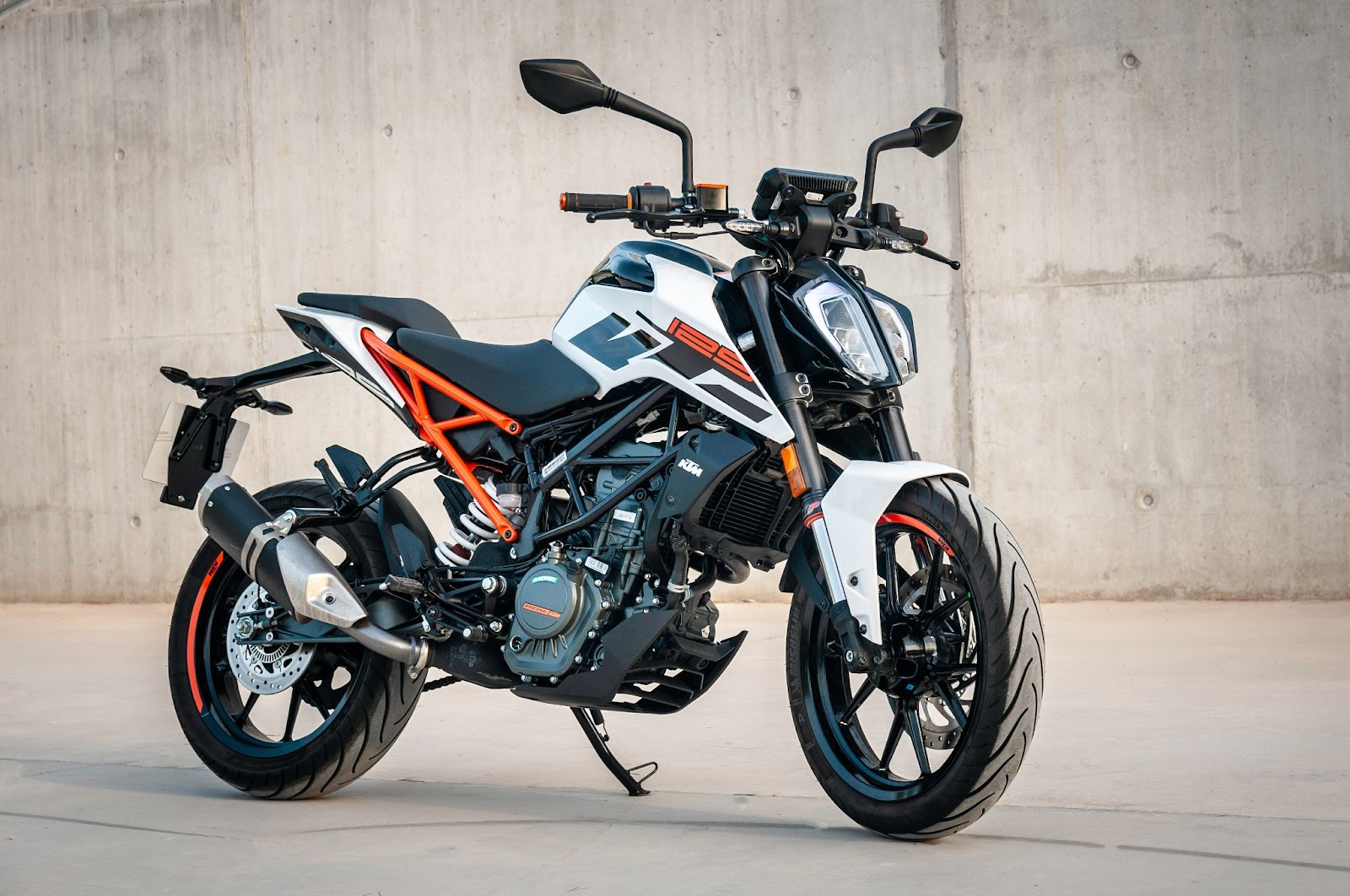Motorcycle jump starters have become an essential tool for riders looking to ensure their bikes start reliably, especially in emergency situations. These compact devices pack a powerful punch, providing the necessary boost to get your motorcycle up and running when the battery is dead or weak. With their portable and lightweight design, they are convenient to carry on long rides or trips.
One of the key advantages of a motorcycle jump starter is its versatility. Not only can it be used for motorcycles, but it can also be utilized to jump-start other vehicles like cars, ATVs, and even boats. This makes it a valuable tool for anyone who enjoys outdoor activities and wants peace of mind knowing they won’t be stranded in remote locations.
With advancements in technology, modern motorcycle jump starters offer additional features such as built-in LED flashlights, USB ports for charging electronic devices, and even air compressors for inflating tires on-the-go. These added functionalities make them a practical device to have in any rider’s toolkit.
How to Properly Use a Motorcycle Jump Starter
When it comes to using a motorcycle jump starter, there are a few important steps to follow to ensure safety and effectiveness. Here’s a guide on how to properly use a motorcycle jump starter:
- Choose the right jump starter: First and foremost, make sure you have the correct type of jump starter for your motorcycle. Check your motorcycle’s battery specifications and choose a jump starter that is compatible with your bike.
- Read the manual: Before diving in, take the time to read the instruction manual provided with your jump starter. Each model may have specific guidelines and precautions that you need to be aware of before using it.
- Prepare both vehicles: Position your motorcycle and the vehicle providing power (usually another car) so that they are close enough for the jumper cables to reach both batteries comfortably. Ensure that both vehicles are turned off before proceeding.
- Identify positive and negative terminals: Locate the positive (+) and negative (-) terminals on both batteries. It’s crucial to identify these correctly as connecting them improperly can cause damage or even injury.
- Connect the cables: Begin by connecting one end of the red cable (positive) to the positive terminal of your motorcycle battery. Then connect the other end of this cable to the positive terminal of the donor vehicle’s battery.
- Next, connect one end of the black cable (negative) to the negative terminal of donor vehicle’s battery, and then attach its other end either directly onto an unpainted metal part on your motorcycle or onto a designated grounding point if specified in your jump starter’s instructions.
- Start charging process: Once all connections are secure, start up the donor vehicle engine and let it run for a few minutes while ensuring safety precautions like keeping clear from moving parts.
- After running for some time, attempt starting your motorcycle by turning its ignition switch. If successful, remove the cables in reverse order of connection – black from your motorcycle’s grounding point, black from donor vehicle’s negative terminal, red from donor vehicle’s positive terminal, and finally red from your motorcycle’s positive terminal.
- Recharge the jump starter: After successfully starting your motorcycle, it is important to recharge your jump starter as soon as possible. Follow the manufacturer’s instructions on how to properly recharge and maintain its battery life for future use.
Remember, using a motorcycle jump starter requires caution and attention to detail. Always prioritize safety by wearing protective gear and double-checking connections before attempting to start your bike. With proper usage, a quality jump starter can be a valuable tool for getting you back on the road quickly and efficiently.
